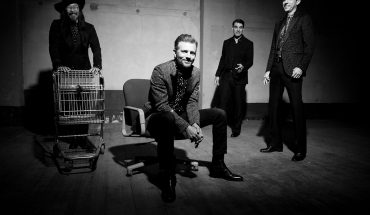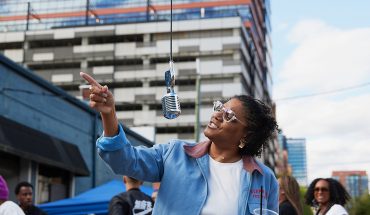Yasmine White’s music therapy practice, Voices Together, has helped thousands of North Carolinians become more verbal.
by David Menconi
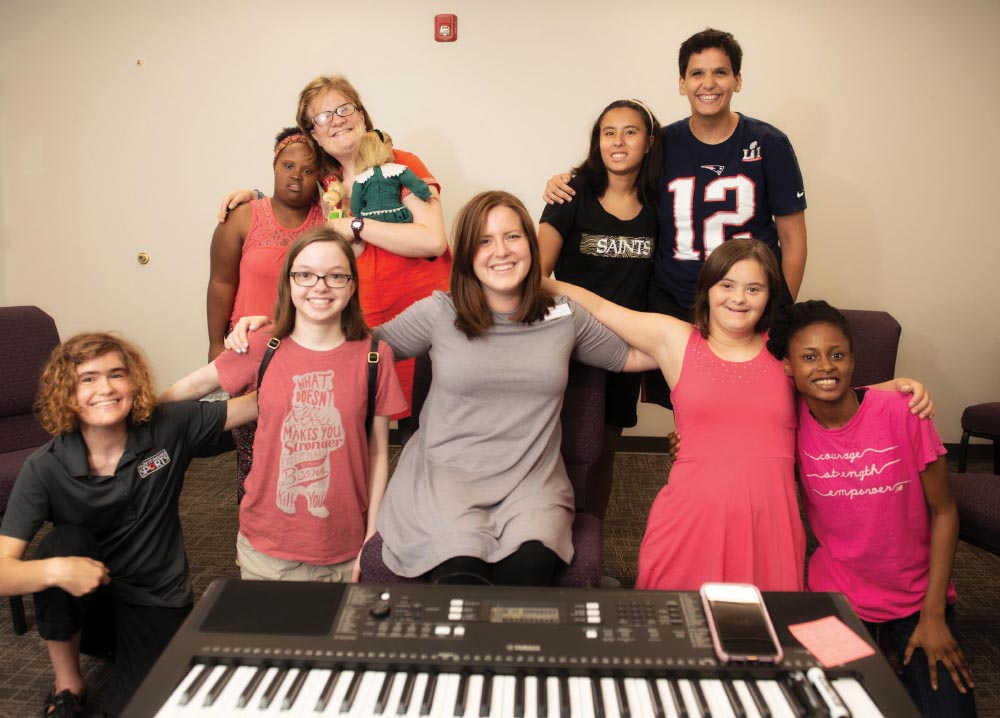
Yasmine White remembers one of her music-therapy clients from a few years back, a young man who had lost the ability to speak, which sometimes happens with people on the autism spectrum. She sat down at the piano with him and started playing “The Wheels on the Bus.” And, as happens more often than not, he responded.
“I was at the piano singing the last part, All through the…” White recalls. “And he filled in the last word – town – which was the first word he’d spoken in years. His mom was crying, it was amazing. Those moments are when I know we’re tapping into something deep, a new way to connect.”
White is the founder and CEO of Voices Together, a Chapel Hill-based music-therapy program. She began running Voices Together out of her home in 2007, working with eight people, and the nonprofit now operates in more than a dozen counties across the state. White also recently published a book that draws from her experience, Autism and the Power of Music: A New Approach to Help Your Child Connect and Communicate.
Between partnerships with Duke University and the North Carolina Department of Health and Human Services, Voices Together is rapidly expanding. White hopes to take it nationwide within the next few years. A major reason for the rapid expansion, clients say, is that it works with situations as unique as the person in it, like Nirvan Bhusal of Apex, a 9-year-old with autism.
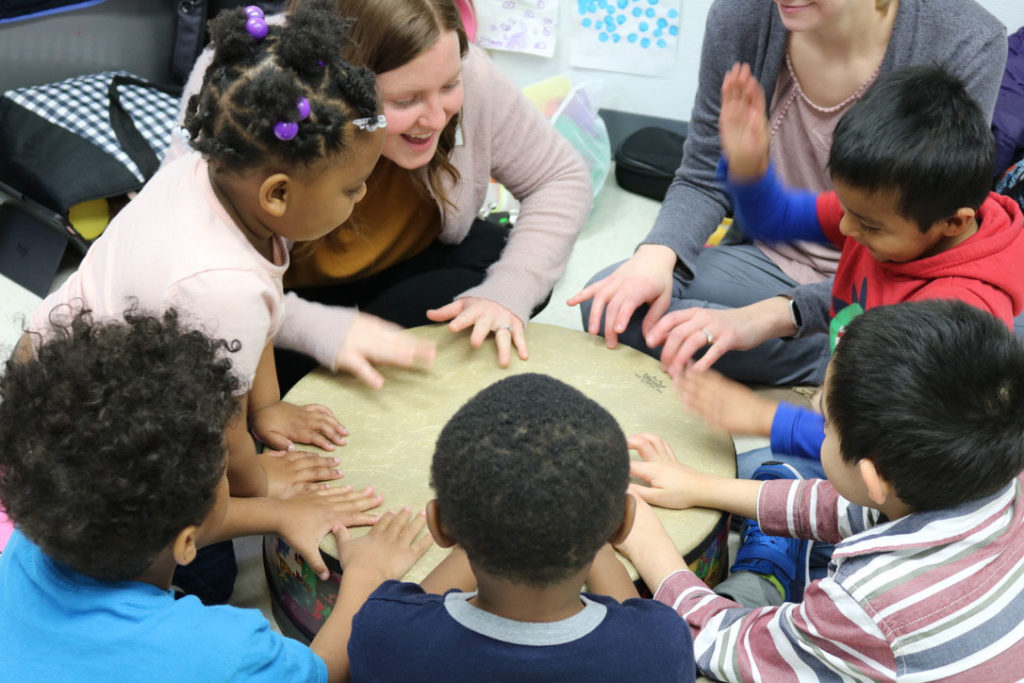
“Nirvan has been receiving services from Voices Together since he was 4, and he’s made a lot of progress,” says his mother, Samita. “He was completely non-verbal at the start, and he talks and sings beautifully now. It has helped with attention, communication skills, taking turns, staying on-topic, recognizing emotion. It started with the music therapists asking how he felt, and him singing that. Now they’re encouraging him to talk about why he’s feeling the way he does.”
A native of Silver Spring, Maryland, White studied music at the University of Maryland, then began her nearly three-decade career in music therapy working with clients of all ages and types of neurodivergence in the greater New York metropolitan area. In the meantime, she also had some success as a singer/songwriter – most notably a second-place finish in the annual John Lennon Songwriting Contest in the early 2000s. She also worked as an assistant to Billy Steinberg and Tom Kelly, the Songwriters Hall of Fame team responsible for penning numerous mega-hits including Madonna’s “Like a Virgin” and Cyndi Lauper’s “I Drove All Night.”
White and her husband left New York and lived in Los Angeles for a few years, then moved to North Carolina in 2001, where she started her own music therapy practice. “Music is like the glue that brings people together,” says White. “It’s universal, and makes the brain release chemical neurotransmitters throughout the body. It makes you feel good, motivated, and open to learning.”
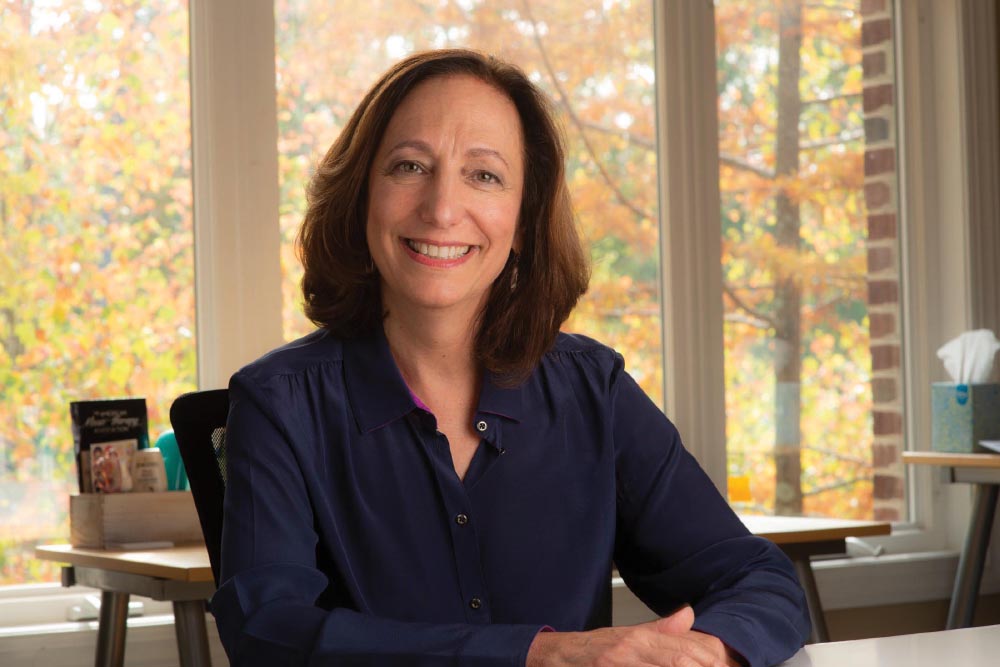
Music therapy has applications in language development for people in a range of situations, especially autism. The Voices Together methodology focuses on communication as well as socialization, emotion learning, and self-advocacy, in both individual and group settings.
“Scientifically, we process language in the brain’s left hemisphere and music in the right,” says White. “People with autism often process language on the right side, so you have an opportunity to access language through music. We’ve been able to jump-start language with music, which creates new pathways in the brain.”
One key aspect of Voices Together is that it’s a teaching model based on intervention rather than behavior. The goal is to meet people where they are, seeing if they’ll sing what they can’t say. “We’re not trying to ‘fix’ behaviors,” White says. “We believe the behaviors come from not being able to communicate, and music can be a new pathway to communication.”
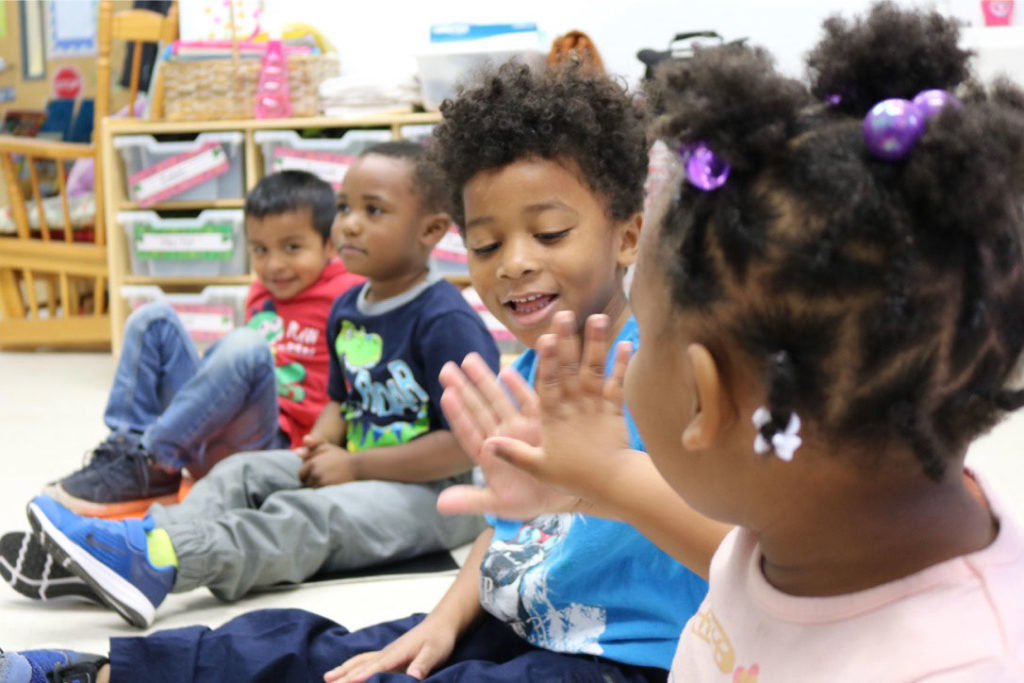
The program is not just for adolescents. Voices Together clients can start as early as infancy, and the organization has also worked with people pushing 70. Nor is it only for people with autism.
“Music is used with not only autism, but other conditions that disrupt language,” says Duke University professor Geraldine Dawson, who is also director of the university’s Center for Autism and Brain Development. “For example, when individuals have a stroke, they may lose the ability to speak. Research shows that music stimulates the brain’s regions specialized for speech.”
By now, Voices Together has helped thousands of people with its methods and team of board-certified music therapists. And that, says White, is the whole point. “We’re trying to give skills that empower lives, to give the people we work with a place in the world,” she says. “Access to speaking when someone doesn’t is just life-changing.”
_
This article was originally published in the February 2022 issue of WALTER magazine

